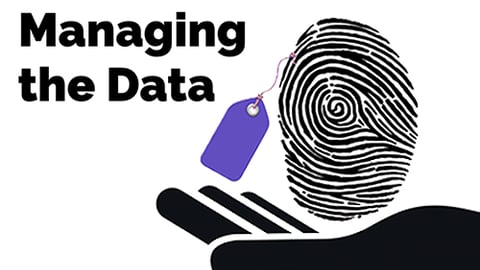Why Customer Data Platforms?
Having accurate and unified data is more important than ever before, especially as the onset of a the global health pandemic hit the consumer goods (CG) and retail industries with no mercy this year. Those CG companies that had a solid data foundation have made it through the disruption by easily pivoting and focusing on staying consumer-centric, for example, PepsiCo's quick launch of direct-to-consumer (DTC) sites. Those that did not have the data foundation needed to remain flexible have fallen by the wayside.
With consumer demands changing at unprecedented speed, CG companies need to make sure they are still listening to shoppers and meeting them with a personalized and meaningful experience — regardless of whether its in store or online. Here, we caught up with Treasure Data's CPG Industry Solutions Lead, David McCarty to find out how customer data platforms can help CGs build a foundation for future-proof success.
CGT: How important is it for CG companies to have a solid CDP foundation for their businesses?
David McCarty: Given the current state of the industry, it is critically important for CG companies to have the foundational capabilities provided by a customer data platform (CDP) — which enables brands to collect, unify, enrich and activate their customer data effectively.
Several years ago, most CG manufacturers began implementing strategies to move from being “customer-centric” to “consumer-centric”. Those that executed against this strategy were better positioned during the COVID-19-induced upheaval. But the disruption is going to continue to accelerate with enforcement of data privacy laws, the phaseout of cookies for internet tracking, the rapid rate of eCommerce/DTC adoption and competition from Digitally Native Vertical Brands. A CDP provides the platform to manage and enhance the 1st party data that is required to better know and engage with consumers to drive increased margins and revenue.
CGT: Can you share any success stories or use cases for brands that are leveraging a CDP solution?
McCarty: As mentioned in the previous question, a CDP can help CG manufacturers improve both margins and revenue. For example, AB InBev was able to unify disparate consumer profiles across brands to develop more complete and comprehensive profiles. These enhanced profiles allowed AB InBev to create more targeted segments, resulting in a 30% improvement in ad efficiency and therefore an improved ROMI.
CG companies also can drive revenue through the use of a CDP. Similar to AB InBev, Kirin combined online browsing data, promotional event data, and other data, to get a complete customer profile. By understanding 4 million consumers with unique member IDs, Kirin saw a 10% increase in sales by those visitors who experienced the personalized campaigns at the company’s concept shops, directly operated stores, and beer factory tours.
CGT: What consumer demands are driving post-COVID shopping behavior and which are here to stay? How can CGs prepare for the next major disruption?
McCarty: Obviously, the big driver of shifts in shopping behavior has been the need for public safety. These circumstances have driven the rapid rise of e-commerce and direct-to-consumer models but the jury is out as to how sticky these changes will be. One potential indicator could be the investments that both CG companies and retailers are making – Walmart+ and PepsiCo PantryShop.com as examples. But there are other major trends that will drive purchasing behavior and brand loyalty post-COVID. For example, consumers will be choosing brands that are aligned to their social causes. Another example is the rising concern of sustainability.
In a recent survey conducted by Treasure Data, almost 1/3 of consumers said they believe it is more important to shop sustainable brands now than before COVID. Over half of these consumers are also concerned about the environmental impact of extra packaging in online orders. CG manufacturers that can leverage a rich data set of 1st party data to keep their fingers on the pulse of consumer behaviors and perceptions will be the winner.






